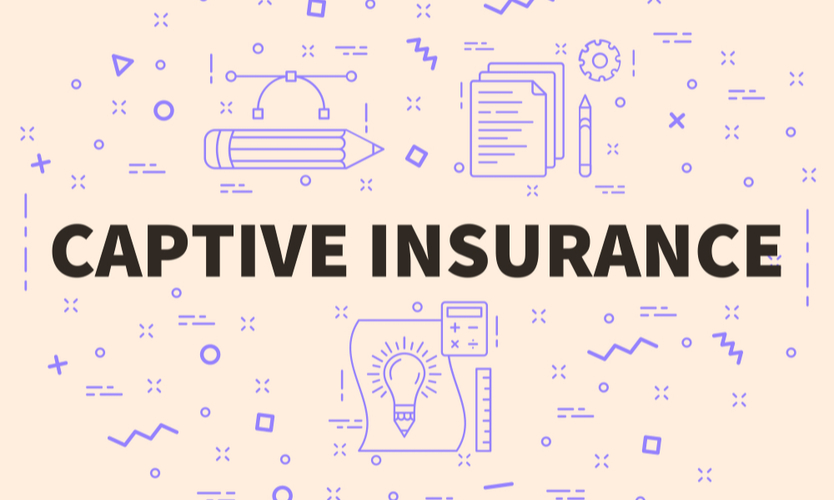Key Personal Finance Moves to Make Before You Turn 35
Photo provided by Bestow
They say 30 is the new 20. Considering how undisciplined many of us are with money in our 20’s, that’s probably a good thing — because that also means it’s not too late to learn some good habits and steady the ship. Whether you’re five years from 40 or you managed to stumble across this article with a decade to spare, here are 6 key personal finance moves you can make right now that could help make life easier on your future self.
1. Build a Budget
You’ve probably heard this one a hundred times before — but that’s because it’s a really good idea. That’s why it’s our top tip here. Your financial goals may remain out of sight if you can’t build (and stick to) a budget.
When it comes to divvying up your income, consider the 50/30/20 rule:
- 50{1b90e59fe8a6c14b55fbbae1d9373c165823754d058ebf80beecafc6dee5063a} for essentials: Think rent, groceries, bills, etc.
- 30{1b90e59fe8a6c14b55fbbae1d9373c165823754d058ebf80beecafc6dee5063a} for wants: Maybe it’s a new gadget or you’re saving for a vacation.
- 20{1b90e59fe8a6c14b55fbbae1d9373c165823754d058ebf80beecafc6dee5063a} for savings and debt: savings or investment accounts, paying off credit cards or student loans, etc. And don’t forget to include a pad of emergency funds within your savings account (or somewhere that’s easily accessible).
2. Tackle Your Debt
If you’ve got debt, you’re not alone. In fact, the average American has $52,940 in debt, according to Business Insider. And that can be a hindrance, especially if you’re still establishing yourself as an adult, and want to work towards financial goals like homeownership.
One strategy you could consider is debt consolidation. Jennifer McDermott, a Consumer Advocate with finder.com, often recommends “consolidating all debts into one place.” You can sometimes take advantage of introductory offers with low interest rates, and having one singular payment may feel easier to manage than juggling several monthly bills.
Then there’s the “good debt vs bad debt” debate. A credit card, for example, could be considered “bad debt” by some, because of the interest rate you may be charged to carry a balance. Drew Parker, who created the Complete Retirement Planner, says “Paying $200 per month on a $5,000 balance can take almost three years to pay off with a high interest rate (18{1b90e59fe8a6c14b55fbbae1d9373c165823754d058ebf80beecafc6dee5063a} or more), and it will add more than $1,300 in interest charges.”
Parker adds, “If you were to instead invest that $200 per month, you could “have $10,000 in hand in the same amount of time (with a 7{1b90e59fe8a6c14b55fbbae1d9373c165823754d058ebf80beecafc6dee5063a} return).”
3. Save, Save, Save

It’s never too late to start saving. Once you’ve got a plan to get any debt under control, saving — even a few dollars a week — can really go a long way.
If you get paid through direct despot, consider routing some of that to a savings account automatically. Out of sight, out of mind, and earning interest.
Lou Haverty, a CFA at Financial Analyst Insider, recommends saving at least the equivalent of 1x your annual salary by the time you’re 35. “If you’re not at that level yet, and a lot of people aren’t, it can serve as a good reminder that you should consider increasing your savings rate to get closer to that 1x mark.”
4. Invest in Yourself (You’ll Be Glad You Did)
For some people, the word “invest” brings to mind fancy financial maneuvers not meant for the average person — but that’s not really the case. There are simple, smart ways to invest at an early age that, with the help of compound interest, could help bolster retirement savings down the line.
You’ve probably heard of one of the most popular examples, a 401(k) account. Contributions to your 401(k) are made with pre-tax dollars. They then accumulate (tax-free) until age 70 ½ , when you start receiving regular distributions. If your employer matches a percentage of your 401(k) contributions, you should consider a regular contribution of at least that much. Another way to think about an employer contribution is “free money.” Sounds nice, right?
If you change jobs, you can roll over your 401(k) to a Roth IRA. As of 2021, the annual contribution limit to a Roth IRA was $6,000. With compound interest, that can really add up over time.
Take Advantage of Compound Interest!
Compound interest is your friend. Put simply, the more you put away now (so, the longer you save) the larger your account is likely to grow over time.
Richard Best, a writer for dontpayfull.com, agrees: “There’s a real cost of waiting to save for your retirement.” He gives the following example:
“Vince contributes $20,000 starting at age 25 and then stops making contributions at age 45.
Ally waits until she’s 45 to start contributing $20,000 per year until age 65.
They’ve both invested the same amount of money. However, assuming a 6{1b90e59fe8a6c14b55fbbae1d9373c165823754d058ebf80beecafc6dee5063a} average annual return, Vincent would have $2.5 million by age 65, while Ally would have just $790,000.”
That’s a difference of over $1.7 million. Go ahead and read that last sentence again.
5. Keep an Updated Will
A will is a form of estate planning that can help protect your assets and your family’s future financial well-being should you pass away. It’s worth considering if you’ve recently tied the knot, had kids, or are otherwise wading into the waters of positive net worth.
While you can write your own will, it might be wise to at least meet with a professional first. If you became incapacitated without plans in place, someone may have to go to court to gain conservatorship over your finances.
If you’ve already put together a plan, it’s always a good idea to regularly check and update your beneficiaries.
6. Consider Life Insurance
If you think life insurance is something to put off until you’re older, you might want to think again.
The truth is, the rate you pay for your life insurance is usually determined in part by your health and other factors at the time of your application. So if you’re young and healthy, you’re more likely to pay a lower premium than if you waited until you were older.
And unless you’ve amassed serious assets already, a product like term life insurance could be an affordable way to help ensure some financial stability for your loved ones if you passed away.
While everyone’s financial situation is unique to them, following and implementing these six money moves by the time you’re 35 could help give you a great financial foundation to build on.
We receive a referral fee from Bestow Agency, LLC dba Bestow Insurance Services in CA, who is the licensed agent.
The information provided is not intended to offer any tax, legal or financial advice. It is always a good idea to consult your tax, legal and financial advisors regarding your specific situation. Furthermore, this article does not ensure your eligibility for any specific product.
The preceding post was written and/or published as a collaboration between Benzinga’s in-house sponsored content team and a financial partner of Benzinga. Although the piece is not and should not be construed as editorial content, the sponsored content team works to ensure that any and all information contained within is true and accurate to the best of their knowledge and research. The content was purely for informational purposes only and not intended to be investing advice.
© 2021 Benzinga.com. Benzinga does not provide investment advice. All rights reserved.








